Home>Garden Essentials>When To Start Spring Lawn Care
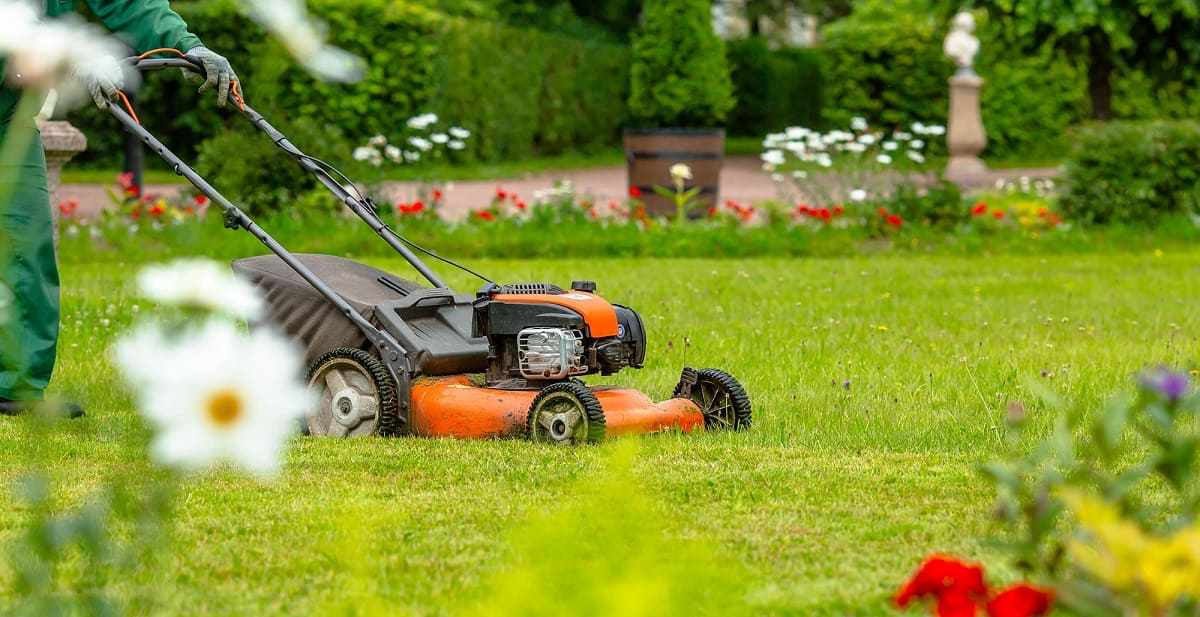

Garden Essentials
When To Start Spring Lawn Care
Modified: October 19, 2024
Wondering when to start spring lawn care? Get expert tips and advice for your garden to ensure a vibrant and healthy lawn throughout the season.
(Many of the links in this article redirect to a specific reviewed product. Your purchase of these products through affiliate links helps to generate commission for Storables.com, at no extra cost. Learn more)
Introduction
Spring is an exciting time for gardeners as they eagerly anticipate the return of vibrant blooms, lush greenery, and the chance to finally get their hands dirty. After a long winter, spring brings new life to our lawns, and it’s essential to start preparing for the upcoming growing season. Spring lawn care sets the foundation for a healthy, weed-free, and beautiful lawn throughout the year.
In this article, we will delve into the world of spring lawn care and guide you through the necessary steps to achieve a flourishing lawn. Whether you’re a seasoned gardener or a beginner in the realm of lawn care, this comprehensive guide will equip you with the knowledge and confidence to embark on your spring lawn care routine.
Key Takeaways:
- Start your spring lawn care routine when you see consistent grass growth, soil temperatures are ideal, and weeds begin to sprout. This sets the stage for a healthy, vibrant lawn.
- Avoid common mistakes like mowing too short, overwatering, and neglecting soil testing. Tailor your care routine to your lawn’s needs for a lush, beautiful outdoor space.
Read more: When To Start Seeds For Spring Planting
Understanding Spring Lawn Care
Before diving into the specific tasks that make up a spring lawn care routine, it’s important to understand why this season is crucial for the health and appearance of your lawn. After enduring the dormancy of winter, your grass needs some extra care and attention to rejuvenate its growth and prepare for the summer months.
During spring, your lawn is beginning its most active growth phase. The combination of warmer temperatures and increased rainfall creates ideal conditions for grass to thrive. This is a prime opportunity to address any lawn issues and encourage strong, vigorous growth.
One of the primary objectives of spring lawn care is to promote healthy root development. Strong, deep roots are the foundation of a resilient and drought-resistant lawn. By taking proper care of your lawn in the spring, you can establish a robust root system that will support your grass throughout the year.
Additionally, spring lawn care helps to prevent the growth of weeds and the occurrence of pests and diseases. By addressing these potential problems early on, you can minimize their impact and keep your lawn looking pristine.
Understanding the unique characteristics and needs of your specific grass type is also crucial when it comes to spring lawn care. Different grasses have different growth patterns, nutrient requirements, and optimal mowing heights. Knowing how to tailor your lawn care practices to the specific needs of your grass will ensure the best results.
Overall, spring lawn care is all about setting the stage for a healthy and vibrant lawn. By taking the necessary steps to nourish and protect your lawn during this critical season, you’ll enjoy the rewards of a beautiful and enjoyable outdoor space throughout the year.
Factors to Consider Before Starting
Before diving headfirst into your spring lawn care routine, there are a few important factors to consider. These factors will help you determine the specific needs of your lawn and guide your decision-making process.
- Lawn Type: Different types of grass have different growth patterns, nutrient requirements, and optimal mowing heights. It’s crucial to identify the type of grass in your lawn to ensure that you’re providing it with the appropriate care.
- Climate and Region: The climate and region you live in play a significant role in determining the timing and extent of your spring lawn care routine. Understanding the climate in your area will help you determine when to start and what tasks are most important.
- Lawn Condition: Assess the current condition of your lawn. Look for areas of thin or bare grass, patches of weeds, and signs of pests or diseases. Understanding your lawn’s condition will help you prioritize tasks and allocate resources accordingly.
- Personal Preferences and Goals: Consider your personal preferences and goals for your lawn. Do you prioritize a perfectly manicured appearance or focus more on eco-friendly practices? Understanding your preferences will guide your decision-making process and help you tailor your lawn care routine to suit your goals.
- Resources and Budget: Assess the resources and budget at your disposal. Understand what you can realistically commit to in terms of time, effort, and financial investment. This will help you make informed decisions about which tasks to prioritize and whether to enlist professional help.
By taking these factors into account, you can tailor your spring lawn care routine to meet the specific needs of your lawn and achieve the desired results. It’s important to remember that every lawn is unique, and what works for one may not work for another. Customizing your approach based on these factors will set you up for success and a healthy lawn.
Signs That It’s Time to Start
Timing is crucial when it comes to spring lawn care. Starting too early or too late can impact the effectiveness of your efforts. Fortunately, there are several signs that indicate it’s time to kickstart your spring lawn care routine. Paying attention to these signs will help you stay on top of your lawn’s needs and ensure that you’re taking action at the right time.
1. Soil Temperature: One of the key indicators of when to start your spring lawn care routine is the soil temperature. Different grass types thrive at different soil temperatures, so it’s important to know the preferred range for your specific grass. You can use a soil thermometer to check the soil temperature and begin your lawn care once it reaches the optimal range.
2. Grass Growth: Keep an eye on the growth of your grass. When you start to see consistent growth, it’s a good sign that it’s time to begin your spring lawn care routine. This typically occurs when daytime temperatures consistently reach around 50-60 degrees Fahrenheit.
3. Frosty Mornings: If you live in an area that experiences frosty mornings during the early spring, it’s essential to wait until the threat of frost has passed before starting your lawn care. Frost can damage tender new growth, so it’s best to give your lawn a bit more time to recover.
4. Weed Growth: Spring is often a prime time for weeds to start sprouting. If you notice weeds starting to pop up in your lawn, it’s a clear indication that it’s time to take action. Starting your spring lawn care routine early will help you tackle weeds before they have a chance to take over.
5. Lawn Appearance: Lastly, pay attention to the overall appearance of your lawn. If it looks dull, thin, or has patches of bare or discolored grass, it’s a sign that you need to start your spring lawn care routine. These issues can be addressed through proper fertilization, dethatching, and overseeding.
By keeping an eye out for these signs, you can ensure that you start your spring lawn care routine at the optimal time. Waiting for these indicators will help set your lawn up for success and maximize the effectiveness of your efforts.
Start spring lawn care when the soil temperature reaches 55-60°F, usually around mid-April. Begin with raking, aerating, and applying a slow-release fertilizer to promote healthy growth.
Essential Spring Lawn Care Tasks
Now that you know when it’s time to start your spring lawn care routine, let’s dive into the essential tasks that will help you achieve a healthy and beautiful lawn:
- Raking and Dethatching: Begin by raking your lawn to remove any leftover debris, dead leaves, and thatch. Thatch is the layer of dead grass, roots, and debris that accumulates between the soil and the living grass. If the thatch layer is more than half an inch thick, consider dethatching to improve air circulation and nutrient absorption.
- Aerating: Aerating your lawn involves creating small holes in the soil to promote better water and nutrient penetration. This is particularly important if your soil is compacted. Consider using a core aerator or a spike aerator to improve the overall health and vitality of your lawn.
- Fertilizing: Spring is a crucial time to feed your lawn with the right nutrients. Choose a quality, slow-release fertilizer that is specifically formulated for your grass type. Apply the fertilizer according to the package instructions, providing your lawn with the essential nutrients it needs to thrive.
- Overseeding: Over time, grass can thin out, leading to bare patches in your lawn. Overseeding involves spreading grass seed over these bare areas to encourage new growth and fill in the gaps. Make sure to choose a grass seed that is compatible with your existing lawn grass.
- Weed Control: Combat weeds early in the spring before they have a chance to spread. Apply a pre-emergent herbicide to prevent weed seeds from germinating and establish a barrier against their growth. If you have existing weeds, spot treat them with a post-emergent herbicide or consider manual removal.
- Mowing: As your grass starts to grow more actively in the spring, adjust your mower height to the appropriate setting for your grass type. Typically, you should aim to mow your lawn when it reaches around 2-3 inches in height. Never remove more than one-third of the grass blade in a single mowing session.
- Watering: Proper watering is crucial for a healthy lawn. As the weather warms up, increase the frequency and duration of your watering sessions. Water deeply and less frequently to encourage deep root growth. Avoid watering in the evenings to prevent fungal diseases.
By performing these essential spring lawn care tasks, you’ll give your lawn the best chance to thrive. Remember to follow best practices, tailor your approach to your specific lawn’s needs, and stay consistent with your care routine for optimal results.
Tips for a Successful Spring Lawn Care Routine
To make the most of your spring lawn care efforts and achieve a healthy and vibrant lawn, consider these tips:
- Create a Schedule: Plan out a schedule for your spring lawn care tasks to ensure that you stay on track and don’t miss any crucial steps.
- Test Your Soil: Conduct a soil test to determine its pH level and nutrient deficiencies. This will help you choose the right amendments and fertilizers for your lawn.
- Sharpen Your Mower Blade: A sharp mower blade cuts grass cleanly and reduces stress on your lawn. Make sure to sharpen your mower blade before the mowing season begins.
- Practice Proper Mowing Techniques: Mow your lawn at the appropriate height for your grass type and never remove more than one-third of the grass blade in a single mowing session. Alternate your mowing pattern to prevent soil compaction and promote even growth.
- Don’t Overwater: Avoid overwatering your lawn, as this can lead to shallow root growth and increased susceptibility to diseases. Water deeply and less frequently, allowing the top inch of soil to dry out before the next watering session.
- Pay Attention to Lawn Edges: Trim and neat lawn edges give your lawn a polished and well-maintained appearance. Use a string trimmer or an edging tool to define the edges of your lawn.
- Monitor and Adjust: Keep a close eye on the condition of your lawn throughout the spring. If you notice any issues, such as pest infestations or nutrient deficiencies, take immediate action to address them.
- Mulch Grass Clippings: Consider leaving grass clippings on the lawn instead of bagging them. This practice, known as grasscycling, adds nutrients back into the soil and reduces the need for fertilizers.
- Protect Against Pet Damage: If you have pets, be mindful of their impact on your lawn. Encourage them to relieve themselves in designated areas and promptly clean up any pet waste to prevent spots and damage.
- Invest in Proper Equipment: Having the right tools and equipment for your lawn care tasks can make the process easier and more efficient. Make sure you have a sturdy rake, aerator, spreader, and a mower that suits your lawn’s needs.
By implementing these tips into your spring lawn care routine, you’ll set yourself up for success and improve the health and appearance of your lawn.
Common Mistakes to Avoid
While it’s important to know what to do to maintain a healthy lawn during spring, it’s equally important to be aware of common mistakes that can hinder your efforts. By avoiding these mistakes, you can ensure that your spring lawn care routine is effective and yields the best results:
- Mowing Too Short: Cutting the grass too short, known as scalping, can weaken your lawn and make it more susceptible to weeds and disease. Stick to the recommended mowing height for your grass type and avoid removing more than one-third of the grass blade at a time.
- Overwatering: While proper watering is important, overwatering can lead to shallow root growth and favor the growth of weeds and disease. Water deeply and less frequently, allowing the top few inches of soil to dry out between watering sessions.
- Skipping Soil Testing: Neglecting to test your soil before applying fertilizers and amendments can result in over-fertilization or inadequate nutrient supply. Conduct a soil test to determine its pH level and nutrient deficiencies, and use the results to guide your lawn care practices.
- Applying Excessive Fertilizer: Applying too much fertilizer can cause nutrient burn, damage the grass, and contribute to pollution of water sources. Follow the recommended application rates on the fertilizer package and avoid over-application.
- Ignoring Proper Weed Control: Ignoring weeds or relying solely on herbicides for weed control can lead to their rapid spread and damage to your lawn. Incorporate a combination of pre-emergent herbicides, post-emergent treatments, manual removal, and proper lawn care practices to effectively manage weeds.
- Not Addressing Pest Problems: Ignoring signs of pests, such as brown patches, chewed leaves, or tunnels, can result in extensive damage to your lawn. Identify the pest, research proper control methods, and take appropriate action to prevent further damage.
- Skipping Aeration: Neglecting to aerate your lawn can hinder water penetration, nutrient absorption, and root development. Regular aeration helps alleviate soil compaction and promotes a healthy lawn. Include aeration as part of your spring lawn care routine.
- Overlooking Seed Selection: Choosing the wrong grass seed or neglecting to choose a seed that matches your existing grass can result in an uneven or patchy lawn. Match the grass seed to your existing grass type to ensure seamless integration and optimal growth.
- Not Following Label Instructions: Failing to read and follow the instructions on product labels can lead to ineffective or harmful application. Whether it’s fertilizers, herbicides, or any other lawn care products, always read and adhere to the label instructions.
- Improper Timing: Timing is crucial in lawn care. Starting your spring lawn care routine too early or too late can impact the effectiveness of your efforts. Pay attention to the signs indicating when it’s time to kickstart your lawn care and plan your tasks accordingly.
By avoiding these common mistakes and practicing proper lawn care techniques, you’ll be well on your way to achieving a healthy, lush, and beautiful lawn.
Conclusion
Achieving a healthy and beautiful lawn in the spring requires proper care, attention to detail, and a little bit of planning. By understanding the importance of spring lawn care and following the essential tasks outlined in this article, you can set your lawn up for success and create an outdoor space that you can truly enjoy.
Remember to consider factors such as your lawn type, climate, and personal preferences when designing your spring lawn care routine. Pay attention to the signs indicating when it’s time to start, and be diligent in performing tasks like dethatching, aerating, fertilizing, overseeding, and weed control.
In addition to the essential tasks, incorporating tips such as creating a schedule, practicing proper mowing techniques, and monitoring your lawn’s condition can further maximize the results of your efforts. Avoid common mistakes such as mowing too short, overwatering, skipping soil testing, and improper weed control.
By consistently following a well-planned spring lawn care routine, you can establish a strong and resilient lawn that can withstand the challenges of the growing season. A healthy lawn not only enhances the beauty of your outdoor space, but it also provides a comfortable and inviting area for you and your loved ones to enjoy.
So, take the time and effort to care for your lawn this spring. Your hard work will be rewarded with a lush, green carpet that will be the envy of the neighborhood. Enjoy the process, embrace the beauty of nature, and revel in the joy of cultivating a thriving lawn!
Frequently Asked Questions about When To Start Spring Lawn Care
Was this page helpful?
At Storables.com, we guarantee accurate and reliable information. Our content, validated by Expert Board Contributors, is crafted following stringent Editorial Policies. We're committed to providing you with well-researched, expert-backed insights for all your informational needs.
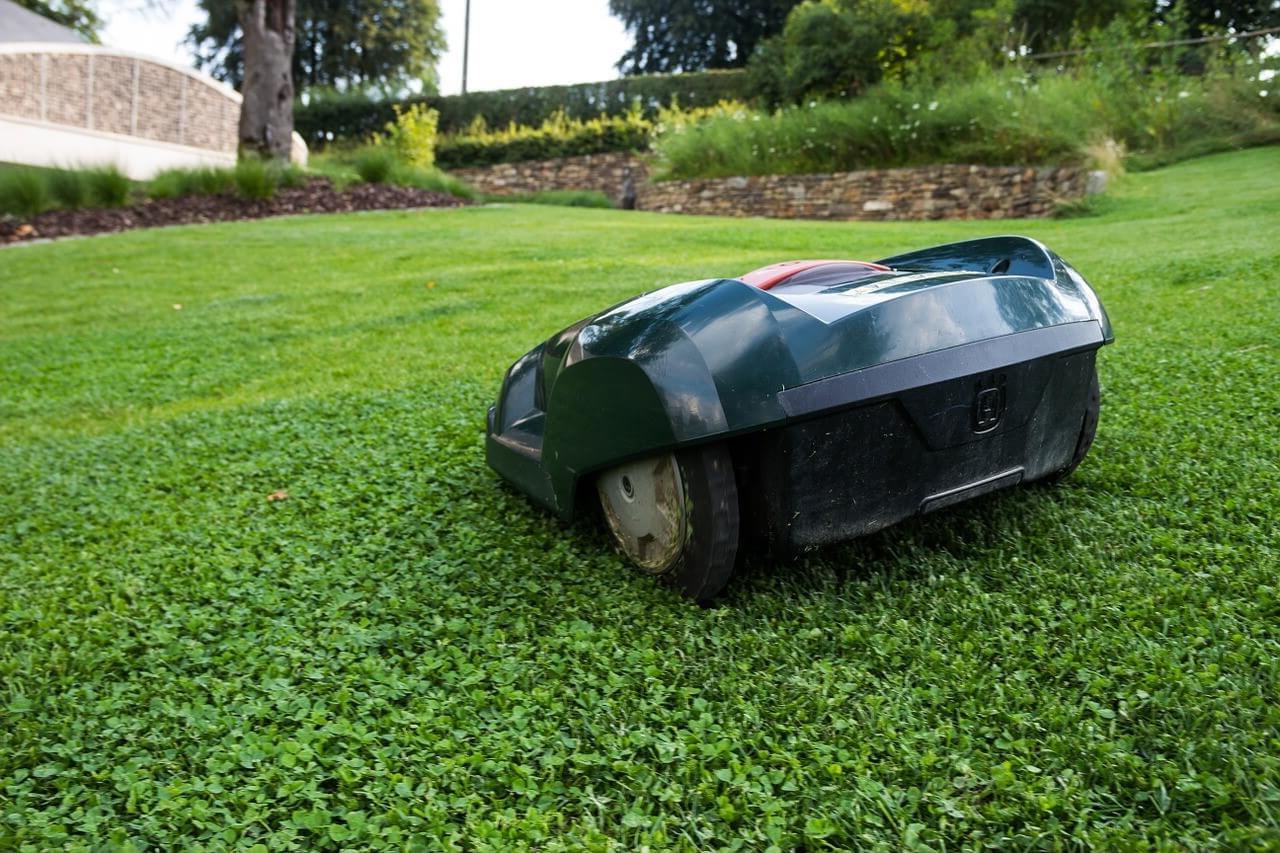
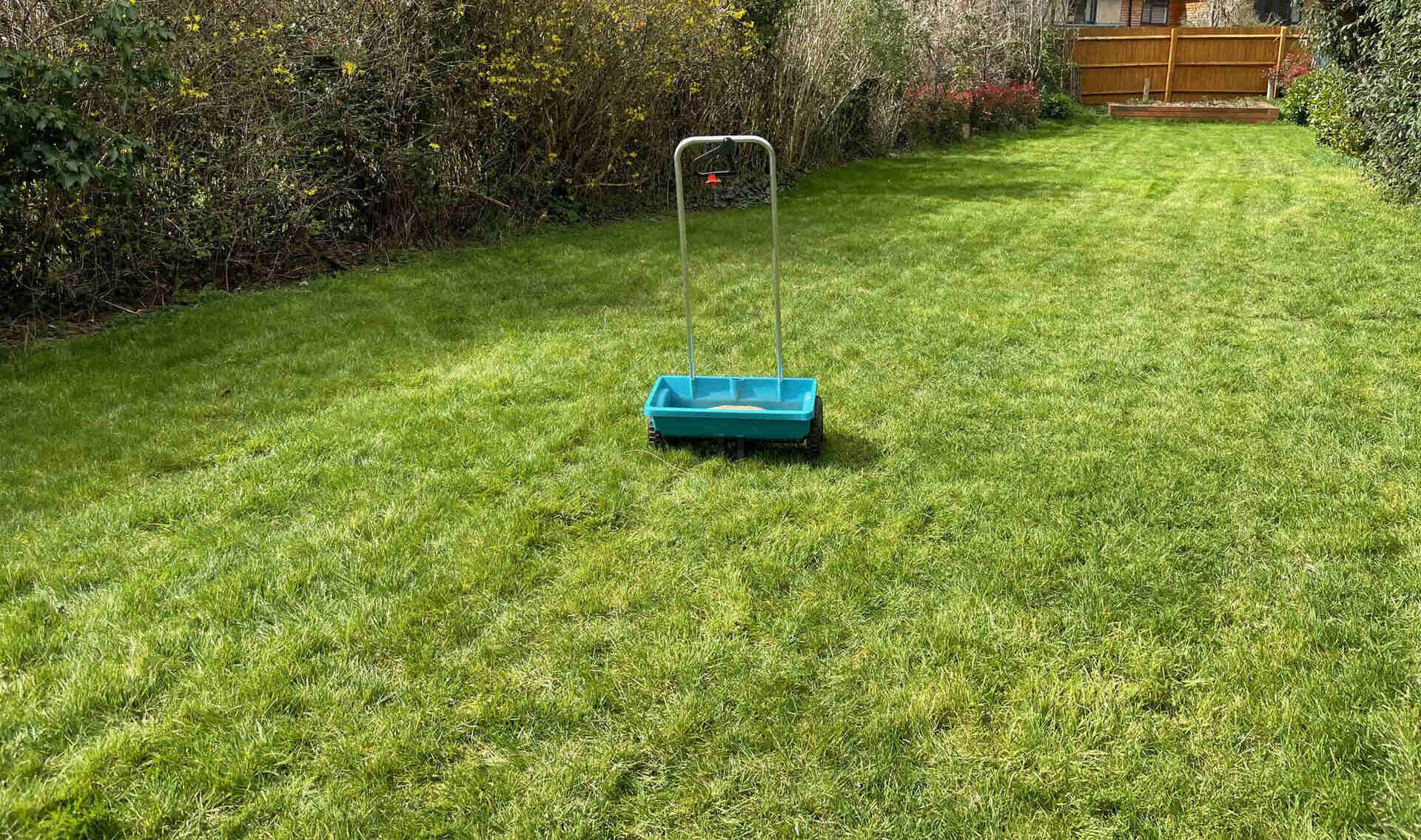
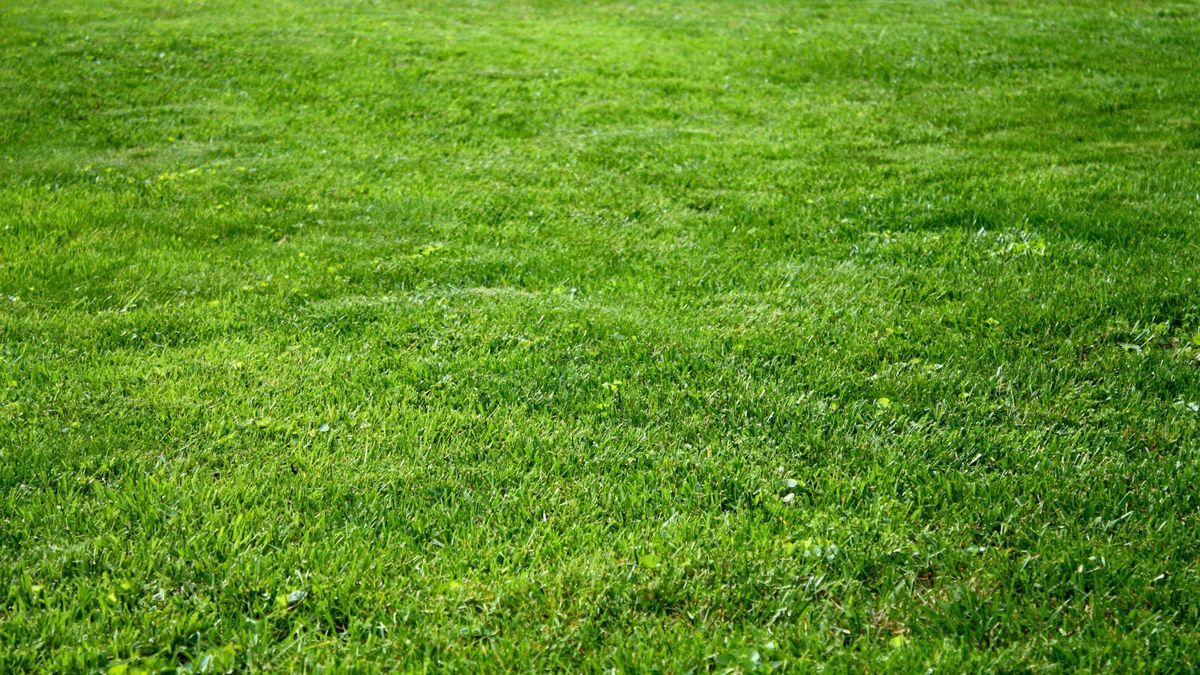

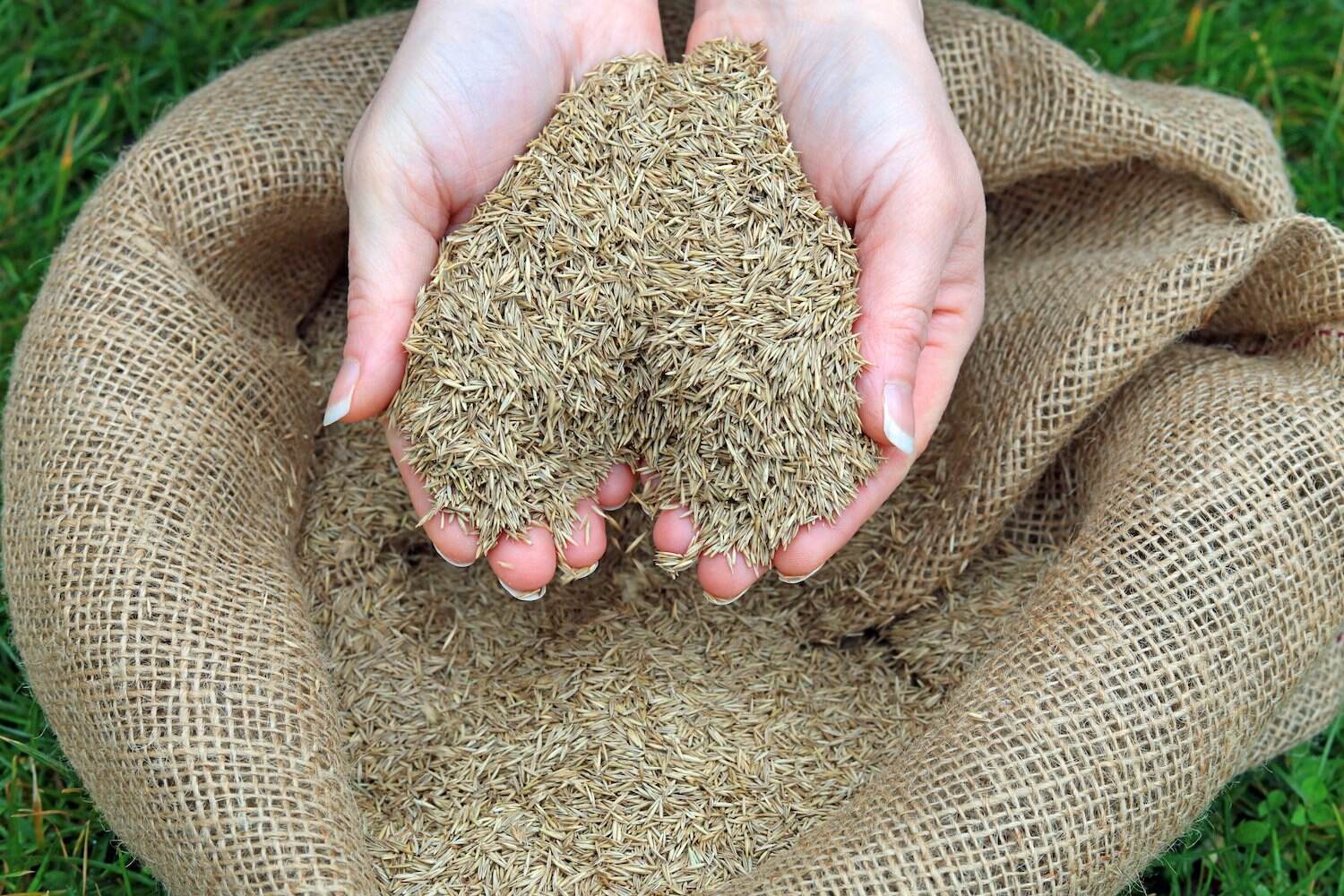




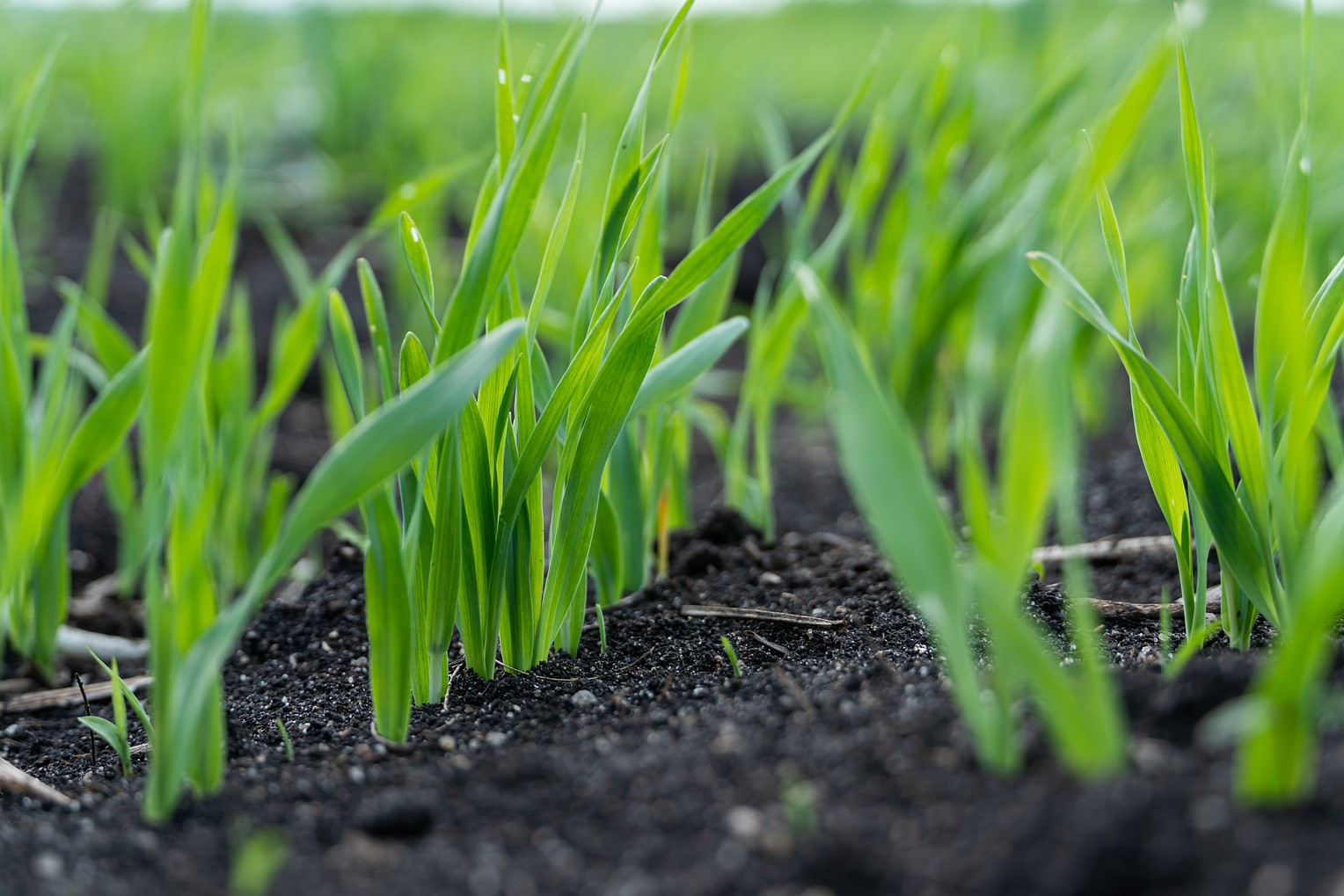



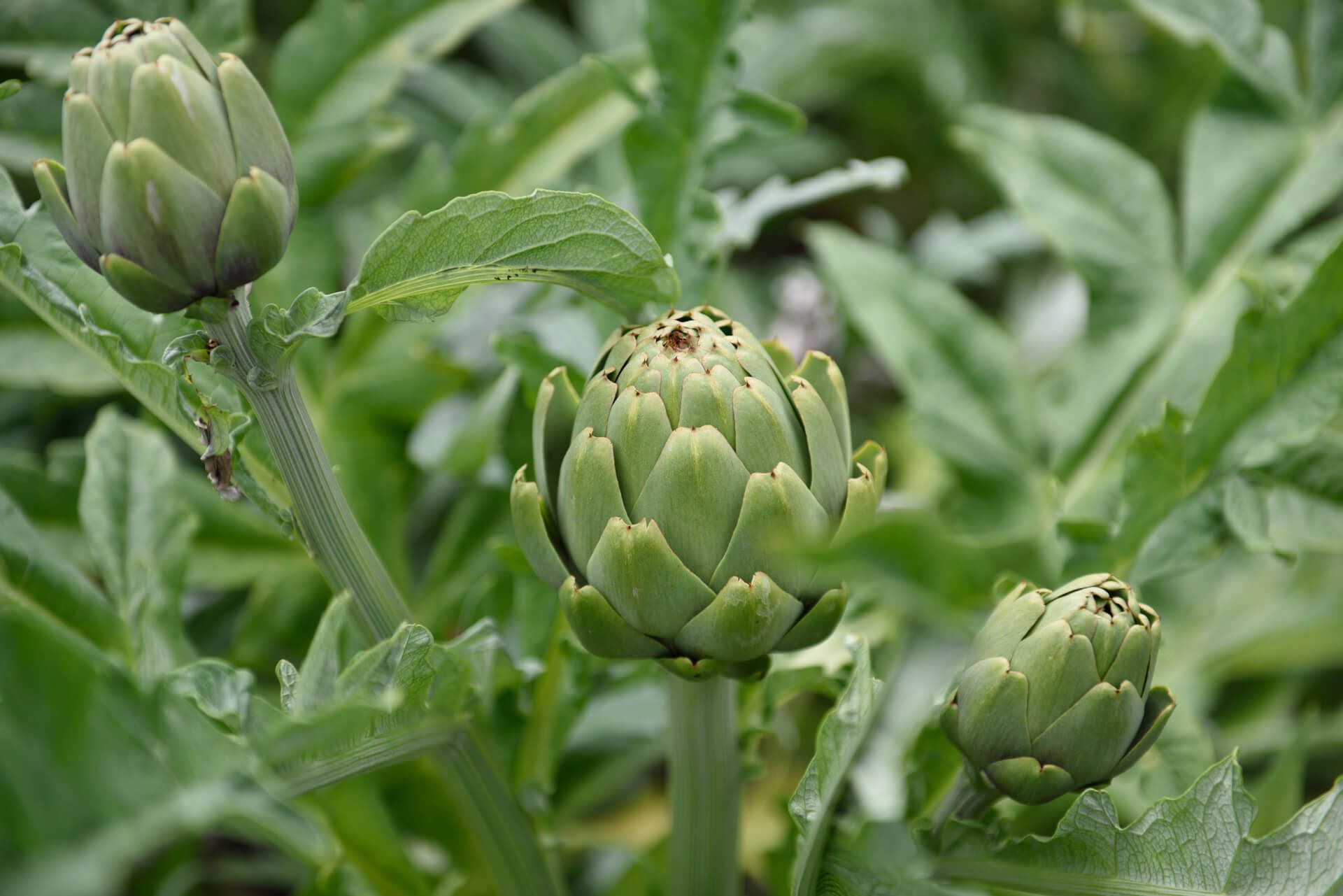

0 thoughts on “When To Start Spring Lawn Care”